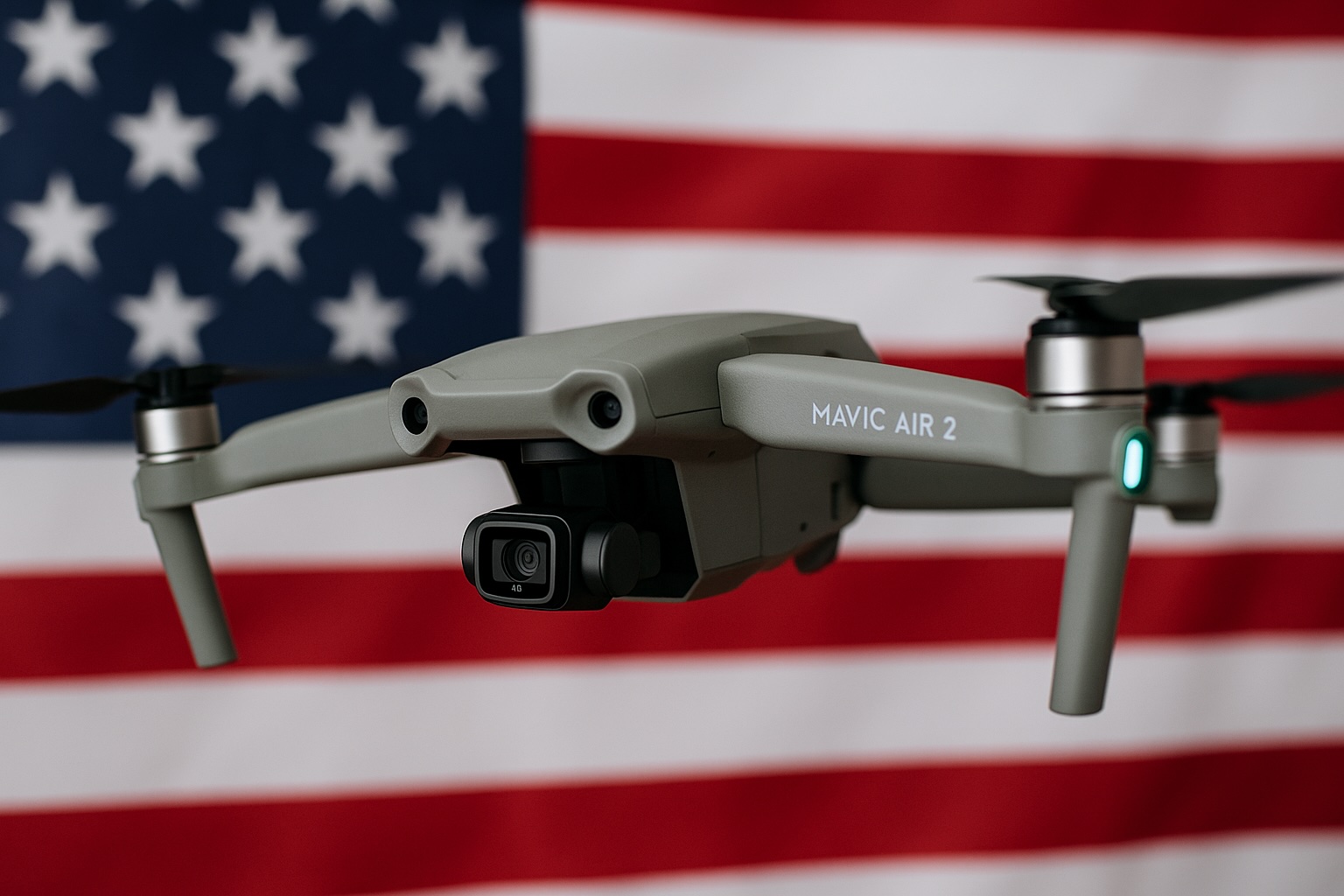🚀 Revolutionary Features of the Mavic 4 Pro

The DJI Mavic 4 Pro introduces several industry-first innovations:
- 100MP Hasselblad Main Camera: Delivers stunning detail and clarity, with a versatile f/2.0 to f/11 aperture for exceptional low-light performance.
- Triple Camera System: Features 28mm, 70mm, and 168mm focal lengths, enabling everything from wide landscapes to detailed close-ups.
- Infinity Gimbal: Offers full 360° rotation, unlocking creative shooting angles previously impossible on a compact drone.
- 6K/60fps HDR Video: The main camera supports ultra-high-resolution video with up to 16 stops of dynamic range.
- Omnidirectional Obstacle Avoidance: Six fisheye sensors and advanced algorithms provide robust collision avoidance, even in low light.
- 51-Minute Max Flight Time: Extended battery life for longer creative sessions.
- 30km HD Video Transmission: Reliable, long-range control and video feed.
- DJI RC Pro 2 Controller: A new 7-inch, high-brightness Mini-LED display that rotates for vertical shooting, with 4 hours of battery life and 128GB of built-in storage.
🌟 Rave Reviews from Industry Experts
Early reviews from major tech publications have been overwhelmingly positive:
- Tom’s Guide calls the Mavic 4 Pro “the most powerful consumer drone yet,” highlighting its 6K/60fps video, 100MP stills, and the bright, responsive RC Pro 2 controller.
- PetaPixel focuses on the sophisticated collision avoidance system, noting the six fisheye cameras and front-mounted LiDAR. The reviewer was especially impressed by the drone’s ability to fly safely in tight spaces and near darkness, and called its video quality “the best I’ve seen from any drone short of the Inspire 3.”
- Space.com highlights the Mavic 4 Pro’s impressive flight capabilities, confirming the drone’s long flight time and advanced obstacle sensing. The publication also notes the improved Return to Home function that works even without GPS, calling it “especially useful when the GPS signal is lost during flight in complex environments.”
🇺🇸 U.S. Availability Challenges
Despite its global launch, the Mavic 4 Pro is not officially available in the United States. DJI cites escalating U.S. tariffs on Chinese-made drones, which have raised import costs by as much as 170%, and new customs restrictions as primary reasons for this limitation. Even after a temporary reduction to 30%, these tariffs, combined with new customs restrictions, have made it difficult for DJI and U.S. retailers to import and sell the Mavic 4 Pro. U.S. Customs has also blocked certain DJI shipments over supply chain transparency concerns, adding further uncertainty.
Some American consumers have considered purchasing the drone from neighboring countries like Canada or Mexico. However, DJI warns that warranty coverage does not apply to products purchased outside their intended market, and imported drones may still face customs delays or additional fees.
🛍️ Limited U.S. Retail Availability
Interestingly, despite DJI's official stance, some U.S.-based retailers have managed to stock the Mavic 4 Pro. Adorama and B&H, two New York-based camera retailers, are selling or listing it for preorder. Adorama had around 70 units remaining at the time of reporting, while B&H is taking preorders, stating they are not charging customers until shipments are confirmed. Prices vary depending on the configuration, ranging from $2,699 for the base model to $4,649 for the Creator Combo.
📦 Conclusion
The DJI Mavic 4 Pro stands as a testament to DJI's commitment to innovation, offering unparalleled features for aerial photography and videography. However, U.S. consumers face significant hurdles in accessing this technology due to trade restrictions and supply chain issues. While some retailers have managed to stock the drone, potential buyers should be aware of the limitations regarding warranty and support.
For now, U.S. drone enthusiasts and professionals may need to wait for changes in trade policies or consider alternative models that are readily available in the domestic market.





